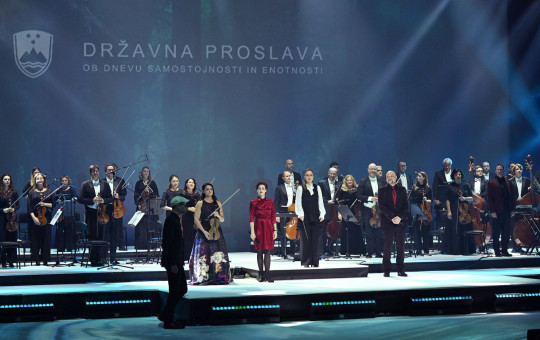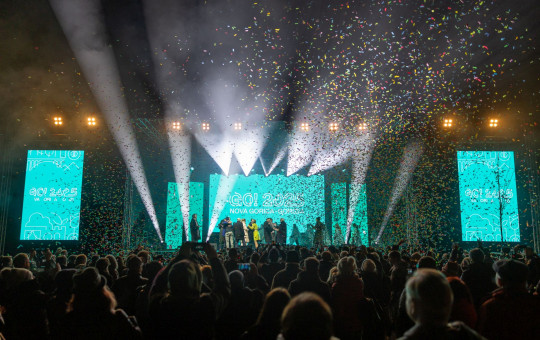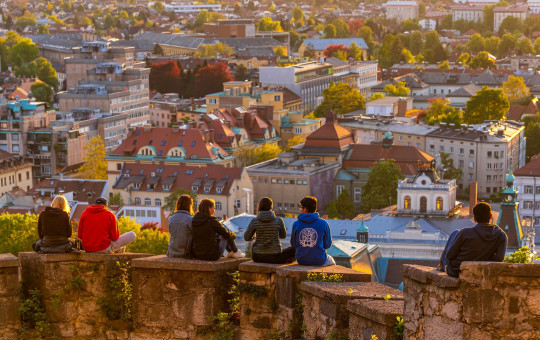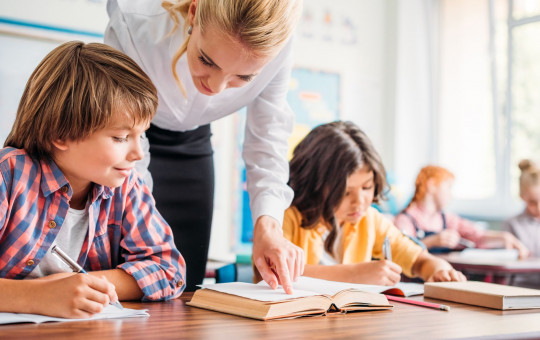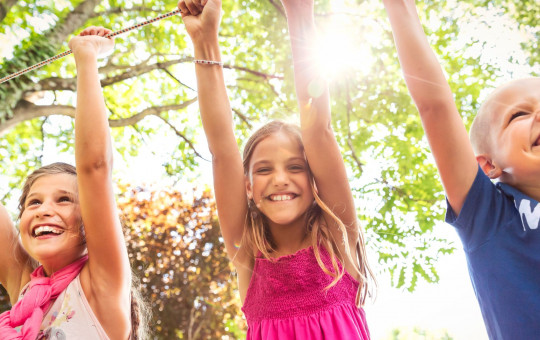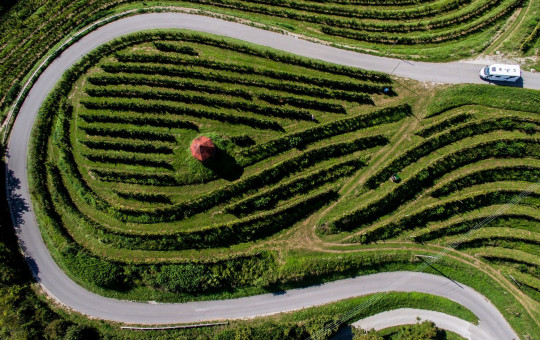Date: 17. November 2023
Time to read: 2 min
In Slovenia, nearly half of young people aged 19 to 24 are enrolled in tertiary education, with 48.2% actively pursuing higher learning. The stats reveal a notable presence of women and full-time students, emphasizing a diverse academic landscape. Most students opt for a first-level higher degree, with the average age at the end of higher education clocking in at 27.0.
In the academic year 2022/23, 79,987 students are navigating the halls of 185 tertiary institutions. More than half are women (57.7%), and the majority are full-time students (75.0%). Women dominate across all fields of education, except for Information and Communication Technologies (ICTs) and Engineering, Manufacturing, and Construction.
Looking at the graduating class of 2022, 16,111 students clinched their degrees, with women making up 59%. The breakdown shows that 68% completed the first cycle, 30% pursued the second, and 3% ventured into the third cycle of higher education. The average age at the end of higher professional education was 29.1, while for higher education, it was 27.0.
Higher education in Slovenia in 2022 was successfully completed by:
- 16,111 graduates,
- 41% men,
- 59% women,
- 68% obtained a 1st cycle of higher education*,
- 30% obtained a 2nd cycle of higher education*,
- 3% obtained a 3rd cycle of higher education*,
- 1 was the average age at the end of higher professional education,
- 0 was the average age at the end of higher education.
* The total does not add up due to rounding.
-
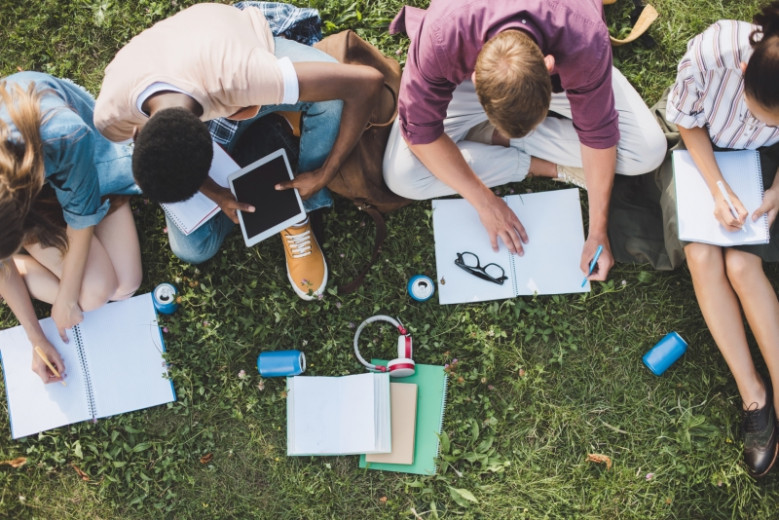 In Slovenia, nearly half of young people aged 19 to 24 are enrolled in tertiary education. Photo: Depositphotos
In Slovenia, nearly half of young people aged 19 to 24 are enrolled in tertiary education. Photo: Depositphotos
-
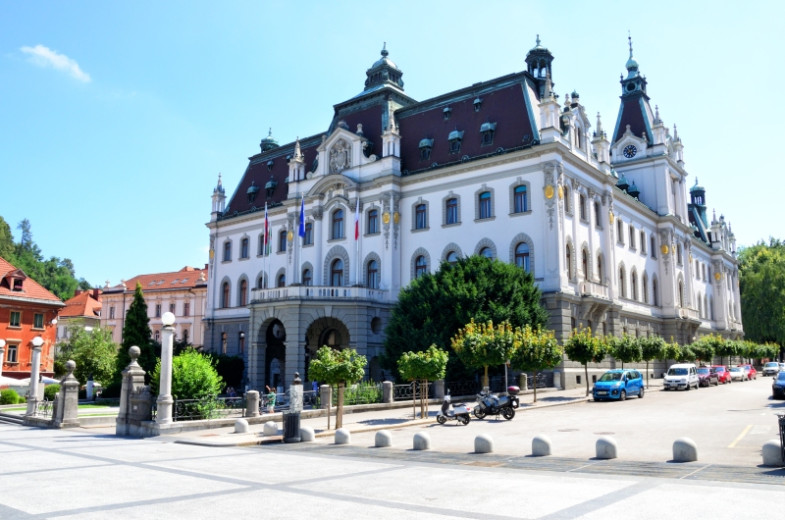 The University of Ljubljana is the biggest university in Slovenia. Photo: Depositphotos
The University of Ljubljana is the biggest university in Slovenia. Photo: Depositphotos
-
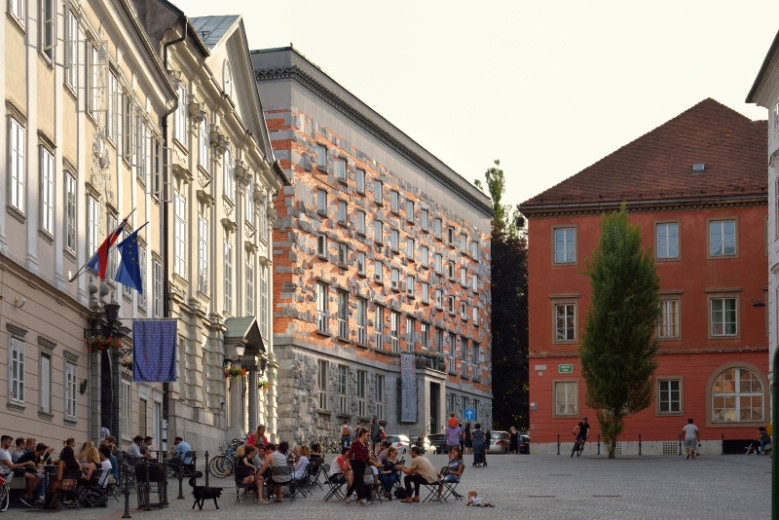 National and university library is popular studying place with students. Photo: Miran Kambič/www.slovenia.info
National and university library is popular studying place with students. Photo: Miran Kambič/www.slovenia.info
In terms of life satisfaction, Slovenian residents, in general, are content. Students, in particular, scored an average of 8.0 on the satisfaction scale (0 to 10), surpassing the national average of 7.6. However, there's a subtle decrease from the previous year, with students' satisfaction dropping by 0.2 and the overall population by 0.1.
International Students’ Day, observed on November 17, commemorates the Nazi occupation of Prague University in 1939. It serves as a symbol of students' resilience, advocating for human rights, democratic values, and opposing discrimination. In Slovenia, this day reflects the enduring spirit of every student as they navigate the challenges of education, contributing to a future shaped by knowledge and equality.
Source: SURS

